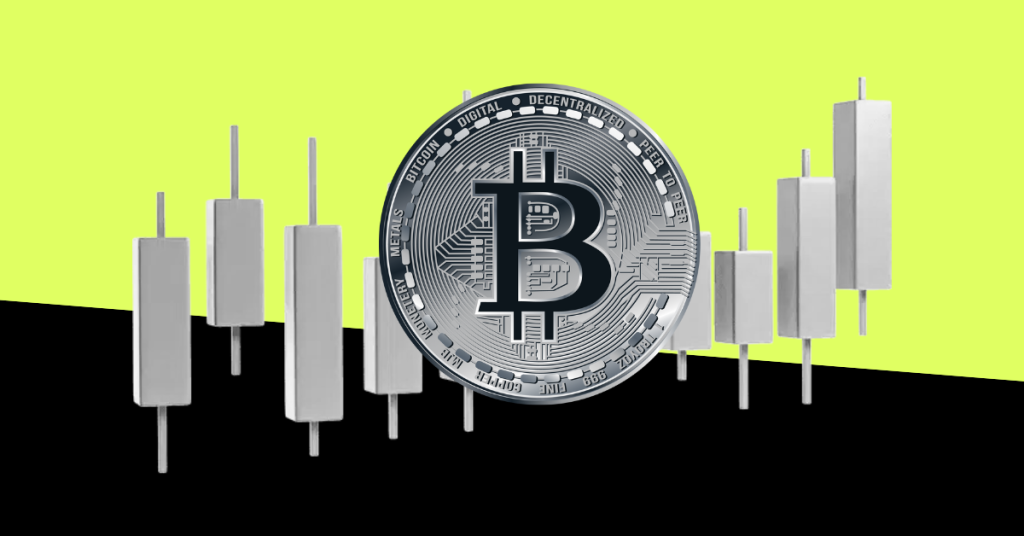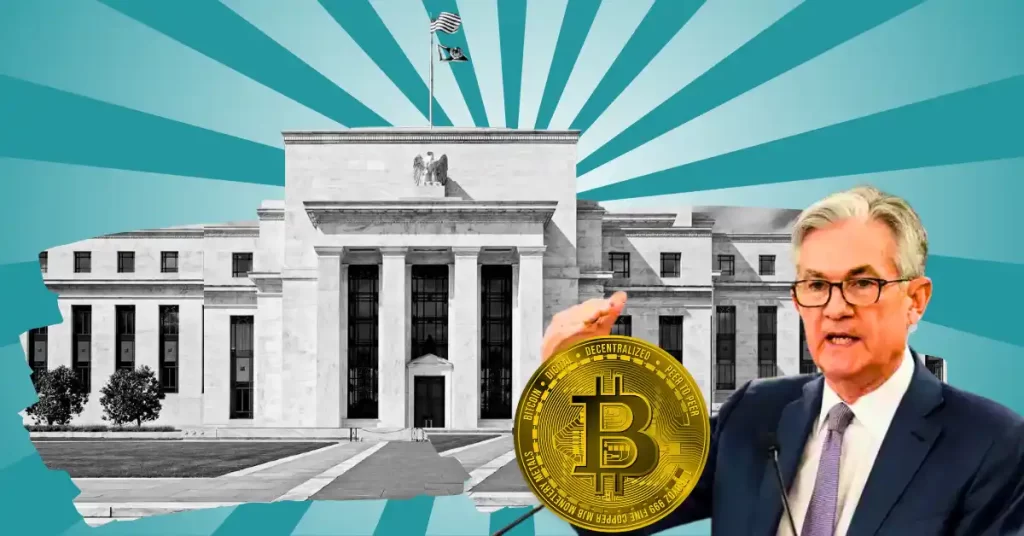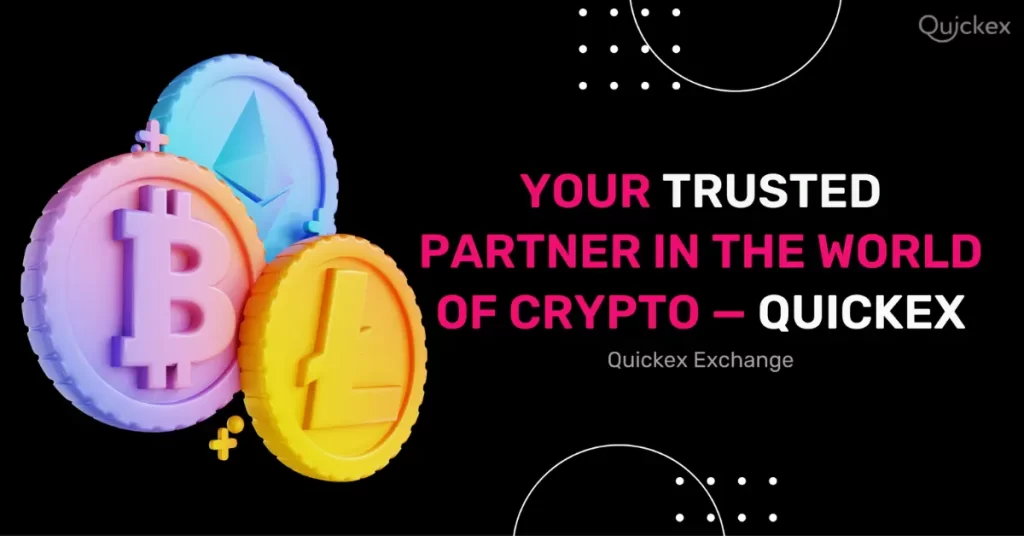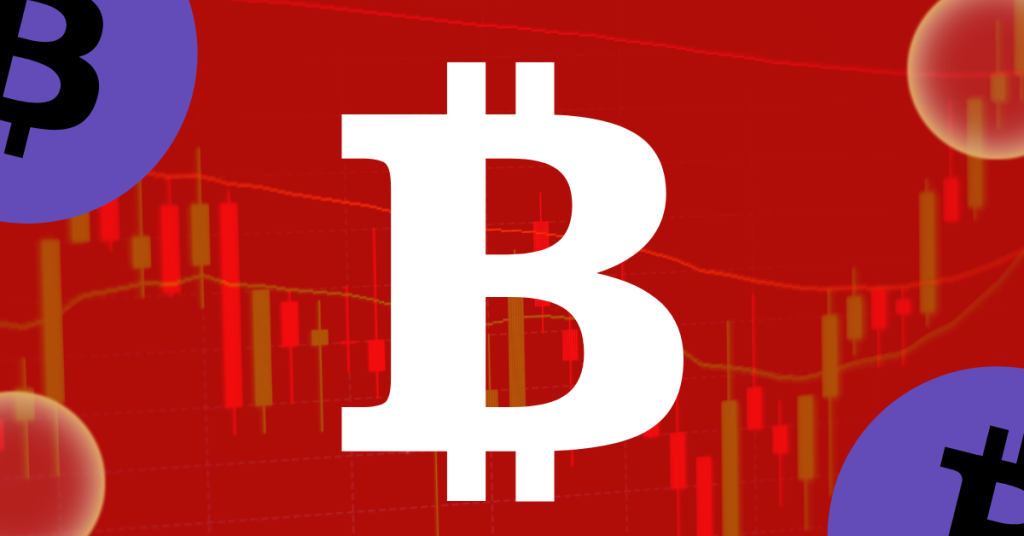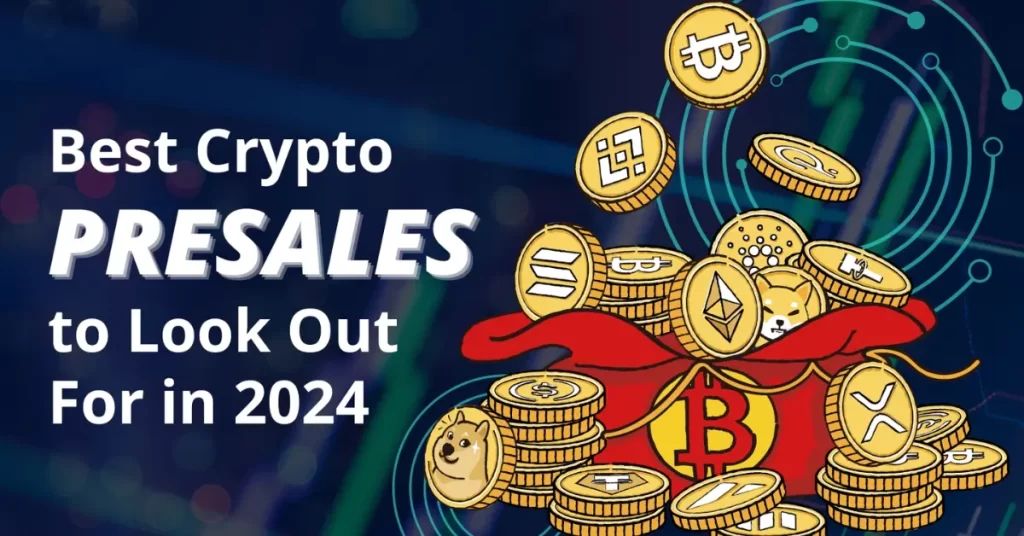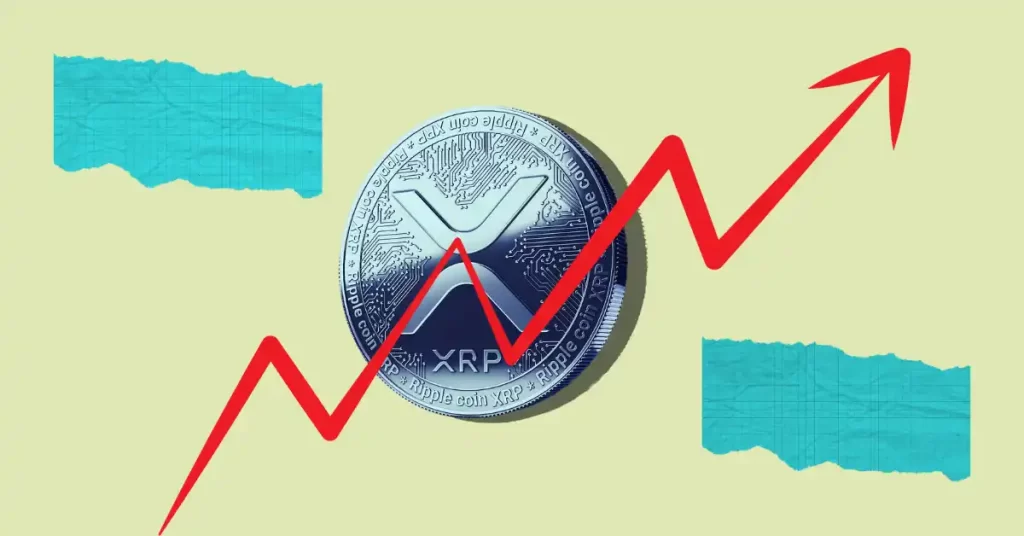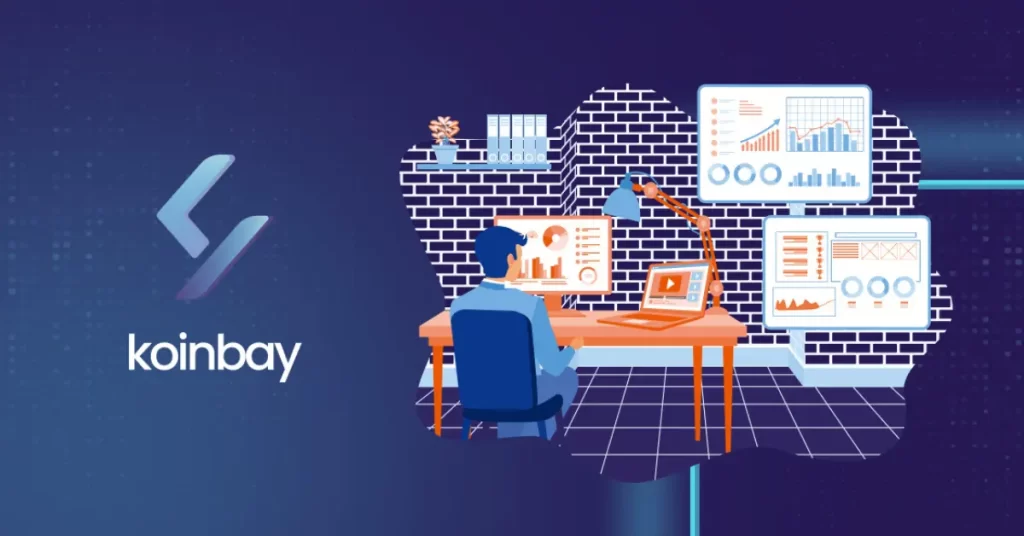Can Bitcoin Lightning Solve The Remittance Industry?
Summary The average remittance payment currently comes with a fee of 6.24%. In the meanwhile, users are able to send each other Bitcoin for fees of 0.0029% or free on the lightning network. However, the lightning network's potential is stunted due to the fact that Bitcoin is not a widespread currency. When coupling the lightning network with financial institutions offering on- and off-ramps, remittances can be made for a fee as low as 2% and will be settled in both users' local currency. The fruition of this system is unclear, but it would unlock incredible utility value for Bitcoin itself. I. Introduction: The Lightning Network One thing that I have realized from following Bitcoin ( BTC-USD ) for some time is that Bitcoin is not a static digital currency protocol, rather it's a continuously developing ecosystem. Because of this Bitcoin has two layers. Layer one is the core Bitcoin network that includes a distributed ledger, network nodes, and the proof of work consensus mechanism ( Trustmachines.co ). The second layer includes software projects that increase the use case of the fundamental layer one. One such second-layer solution is The Lightning Network. The Lightning Network was released in a beta version in 2018, which allowed users to instantly and securely send Bitcoin to each other without needing on-chain verification ( Bitcoinmagazine ). The best thing of all is that users could send each other this digital money nationally or internationally at a percentage fee of 0.0029% ( Bitcoinke ). Meanwhile, remittance payments incur an average fee of 6.24% and they could take several days to complete ( River.com ). Although lightning is obviously more efficient for money transfer than the established system, the technology's prospect as a solution to the remittance industry is dependent on the traditional banking system as well as lightning service providers ('LSP'). Bitcoin is a volatile asset which makes it unsuitable as a currency, which is why on- and off-ramps from Bitcoin to national currencies will need to be established by banks. Furthermore, for the lightning network to be utilized at scale, lightning service providers are needed to provide liquidity channels. II. Current Use Cases With Lightning Lightning is already being used by countless platforms and apps as a means of payment. Strike, Block Inc.'s ( SQ ) Cash App, Blue Wallet, Wallet of Satoshi, River, and more have all enabled consumers with a lightning wallet address that they can use to send and receive Bitcoin; for Cash App users, the transfer is completely free. Another use case that has been extremely popular is using the Lightning Network to send 'Zaps', which are very small Bitcoin payments sent on a decentralized social media app - Damus - to support others' content. Zapping has also been lobbied for by MicroStrategy ( MSTR ) chairman, Michael Saylor, who wants to build zap functionalities throughout the internet. To give some perspective about zaps, users usually zap each other Bitcoin worth the equivalent of $0.50 or less. These micropayments that utilize the lightning network have been philosophized to be the next 'algorithm' for boosting social media posts. In other words, the rate and amount of zaps that a post receives can be used to order a social media feed to ensure that users are consuming the most relevant and respected content. A large road bump has recently been struck, however. Apple ( AAPL ) has notified that Damus can no longer operate with the zap functionality since it bypasses its rules for having donations in an IOS app be made with in-app purchase methods, among other concerns ( Cointelegraph ). The recent news has severely dampened the optimism of Damus users, Bitcoin activists, and investors alike. Furthermore, it has brought to light how the IOS app store monopoly cripples freedom. Given the disruptive nature of this technology, pushback is inevitable. But, one thing is here to stay: borderless payments. As digital wallets around the world, such as the ones I mentioned above, integrate lightning people will be able to send Bitcoin between each other for little to no fees. This means that people in the U.S. can instantly send Bitcoin to people in Africa, South America, Europe, etc... Countries with unstable national currencies have widely accepted Bitcoin as a store of value and mode of exchange, which increases the utility of Bitcoin lightning immensely. However, in order to completely become a remittance solution, payments must be sent and delivered in national currencies with on- and off-ramps. III. Lightning As a Solution to High Remittance Fees During the Bitcoin Conference 2023 in Miami many speakers, including those representing Block Inc's subsidiary TBD, spoke of the idea that with the future remittance, the consumer will not know that payments are made with the Bitcoin system rather it is simply a back-end technology used to conduct cross-border payments. River displays this process well in the picture below: Bitcoin vs the $156 Trillion Global Payments Industry "This model uses Bitcoin’s biggest second-layer scaling solution, the Lightning Network, but not in the way many Bitcoiners would expect where they directly interface with it. Exchanges and other financial services are also users of this network. They can transact among each other on behalf of their clients, which has a key advantage: clients never need to understand, own, or use bitcoin. It is simply used as a back-end settlement solution." The implications of sending remittances through an exchange/broker using the lightning system are that consumers take on no Bitcoin fluctuation risk. So, potential price drops in Bitcoin are the responsibility of the exchange/broker to manage. Although this may challenge these institutions, they are undoubtedly better suited to handle it than individuals on average. In return, the exchange/broker can charge a fee for its service. Another upside to this system is that since consumers receive money in their account directly, counterparty risk against the exchange is largely eliminated (because the lightning system allows for instant transfers). i. On- and off-ramps On- and off-ramps are essentially the act of exchanges/brokers converting a national currency to Bitcoin and converting Bitcoin to a national currency. These institutions will be highly regulated, which allows for a fair framework but can also be vulnerable to quick regulatory actions that undermine Bitcoin. Therefore, Bitcoin as a solution for remittance payments somewhat strides against freedom from the 'state', but a working collaboration greatly increases the use-case for Bitcoin. Using this system will not save users from all fees, though. While sending lightning payments incurs a fee of 0.0029% and sending regular remittance payments incurs an average fee of 6.24%, the on- and off-ramp solution will likely be somewhere in between. Exchanges/brokers will require a fee for converting the payment into a national currency and lightning service providers will charge a fee for opening up payment channels that are used to transfer the payment on the lightning network. The foreign exchange markup charged by online platforms varies from 1.5-4% ( Livemint ). For example, Xoom and Stripe charge a 2% markup fee while PayPal offers a 4% markup fee. ii. Lightning Service Providers (LSP) While foreign exchange (forex) markups make up the majority of the potential remittance fee, LSPs only charge a marginal markup. One of the largest LSPs, Kraken, for example, charges 388 stats for every 1 million sats sent and 628 sats for every 1 million sats received ( amboss ). This equates to fees of 0.00038% and 0.00063% of the transaction value. These fees are incredibly minimal when compared to forex rates and the trade occurs instantly. Amboss iii. Verdict In all, fees for remittance payments using the lightning network and on- and-off ramps could amount to around 2%. This is substantially lower than the current average of 6.24%. To me, this means that this system would be ideal for transferring money across borders, but it doesn't come without any complications. For this system to work, financial institutions need to be involved in order to establish the on- and off-ramps, which is the most important function needed to make the system useful. Given that the idea, technology, and system are yet nascent, we may not see wide adoption by many players (exchanges/brokers) for a very long time. The more players that become involved, though, the less concentration risk will be involved, which would secure the system. While financial institutions and the government has an overall pessimistic view of Bitcoin and crypto, the growth in lightning service providers and lightning capacity is blazing forward. Although it is unclear if the lightning system and the traditional banking system will be able to work together in symbiosis, I am optimistic about how the two could potentially lower remittance fees by almost 70%. This is a use-case for the Bitcoin ecosystem that seems unparalleled with any other and if the collaboration comes to fruition, Bitcoin's utility itself will increase dramatically. V. What A Remittance Solution Means For Bitcoin's Price The digital currency is now hovering around $30,000, up from December lows of ~$16,000 and a rollercoaster in between. Recent articles, " Bitcoin: Guess Who's Back " & " This Bitcoin Rally Isn't Due To Technicals, Will Stay Past $30k " have pointed out that Bitcoin's dominance in the "crypto" space may keep it on a sustained upward trajectory. The articles have also discussed that the recent ETFs that have been proposed, such as the one by BlackRock ( BLK ), are a reflection of the optimism in and popularity of Bitcoin. In the end, Bitcoin's price is based on supply and demand dynamics. The more institutions that buy Bitcoin as an underlying asset or backing asset to their investment products, the higher the demand for Bitcoin will be. This means that the price of Bitcoin should be sustained since the supply is restricted. It is noticeable that Bitcoin's recovery is driven by the popularity it has with individuals due to its ease of use and its utility for government-free monetary exchange. This can be seen clearly, for example, in Block Inc's latest quarterly report where Bitcoin revenue amounted to $2.16 billion in comparison to $1.73 billion in the first quarter of last year ( Block Inc Q1 ). This means that the demand among individual investors has been increasing as the price has been rising. Although the recent news of new Bitcoin ETFs is a strong tailwind to increasing the public trust and hence demand for Bitcoin, it does not provide extra utility to Bitcoin. However, using Bitcoin lightning to resolve the remittance industry does. According to River, remittance volumes equated to $794 billion in 2022 with an average remittance size of $200-300 every one to two months. This is the ideal use case for the lightning network to handle and given that fees can be reduced by 70%, using Bitcoin to transact is a huge value-add. In essence, if financial institutions begin adopting this system, then it means that they will need to hold onto this Bitcoin in order to fulfill transactions. This would dramatically increase the demand and value of Bitcoin, especially considering that the market value of all Bitcoin is currently lower ($593 billion) than the fast-growing remittance industry. Compared to the new ETFs, the remittance use case would create an even larger price increase in Bitcoin and it would additionally create more resistance in the Bitcoin price. As opposed to the ETFs, Bitcoin rails as a solution to the remittance industry are not firmly established yet and will require strict cooperation. But, given the promise of this system to remove the cumbersome and costly aspects that are unavoidable when sending remittance payments, the incentive for cooperation is very strong. For this reason, I believe that the technology will come and it will definitely support further growth in the price of Bitcoin.


